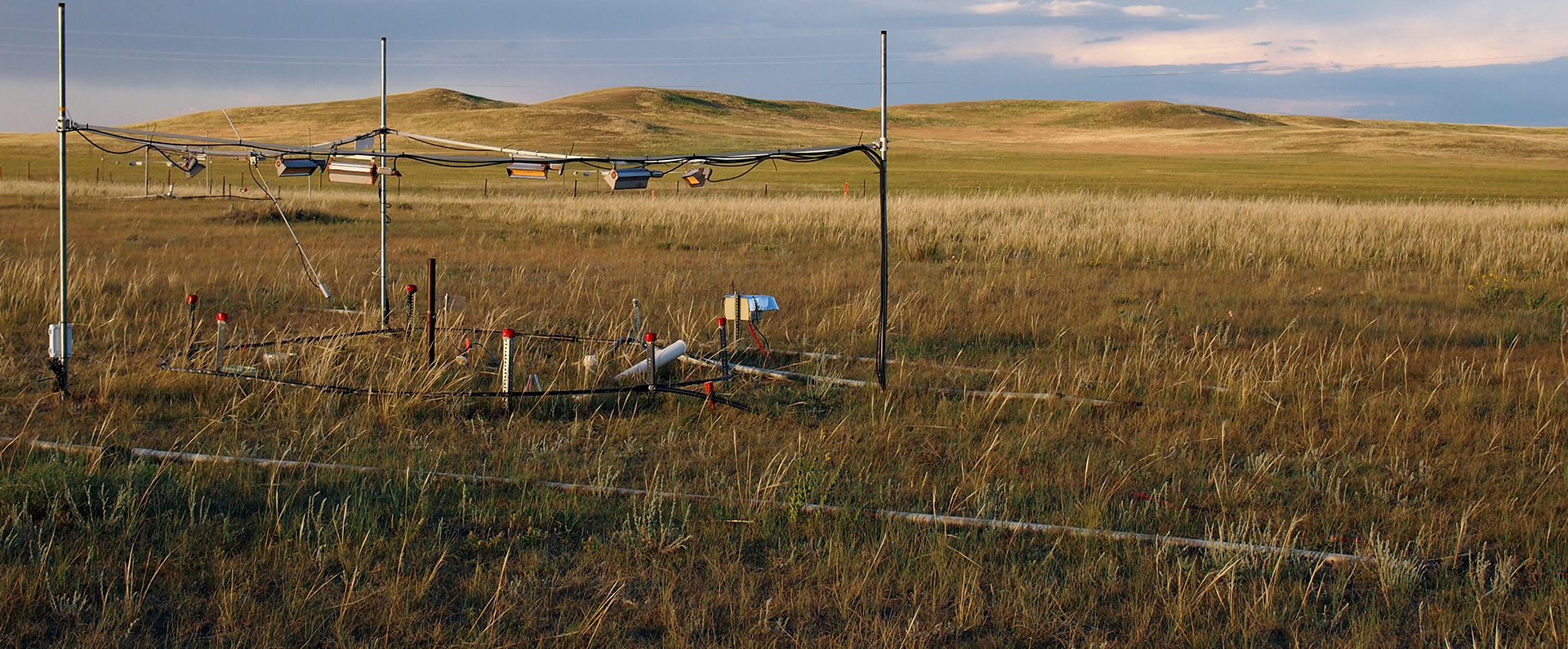Do Not Disturb
Soil Condition Affects How Rangelands Respond to Climate Change
Grasslands play a pivotal role in the American landscape, providing forage for livestock, and also serving as one of the most effective means to sequester carbon in the soil. However, ARS researchers have discovered that the condition of that soil dramatically affects how well grasslands can perform these functions. Over five years, the researchers simulated future atmospheric conditions by raising CO2 and temperature levels in dedicated plots of grassland. Some plots were intact, populated by native plants, while others were characterized by soil disturbance – the kind of disruption caused by practices like tillage.
One of the most dramatic discoveries of the researchers’ study was the extent to which invasive plants took hold in areas where the soil was disturbed. The unpalatable invasive plants – those that animals can’t or won’t eat – spread profusely in the disturbed patches of land, crowding out other plants and reducing overall biodiversity. Intact plots of land, by contrast, saw much greater biodiversity, and responded with more resilience to the changed environmental conditions, retaining the ability to sequester carbon in the soil more effectively. The results provide guidance both for researchers who want to more accurately predict how different regions will respond to changing climate conditions, and for farmers, ranchers and other managers to better understand how their choices affect the land they steward.
Read "Soil Disturbance Reduces Resilience of Rangelands to Climate Change," and the original study is available online.



